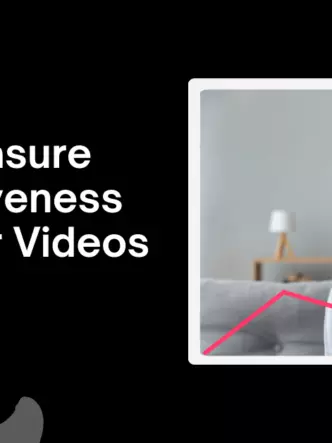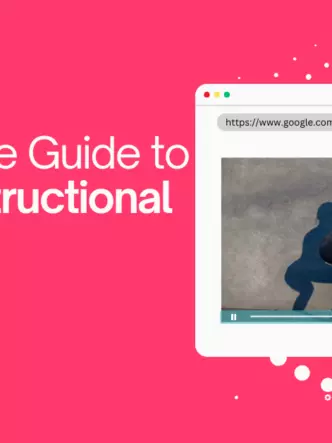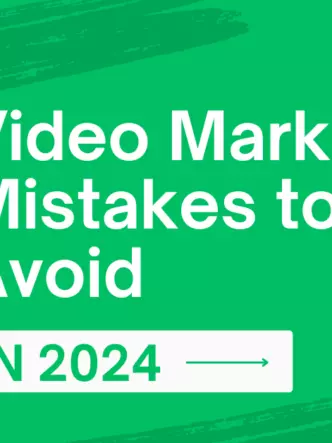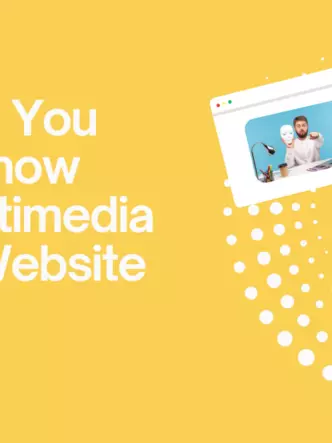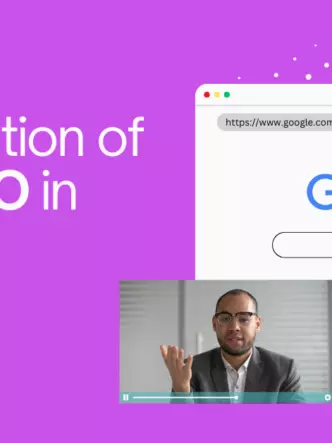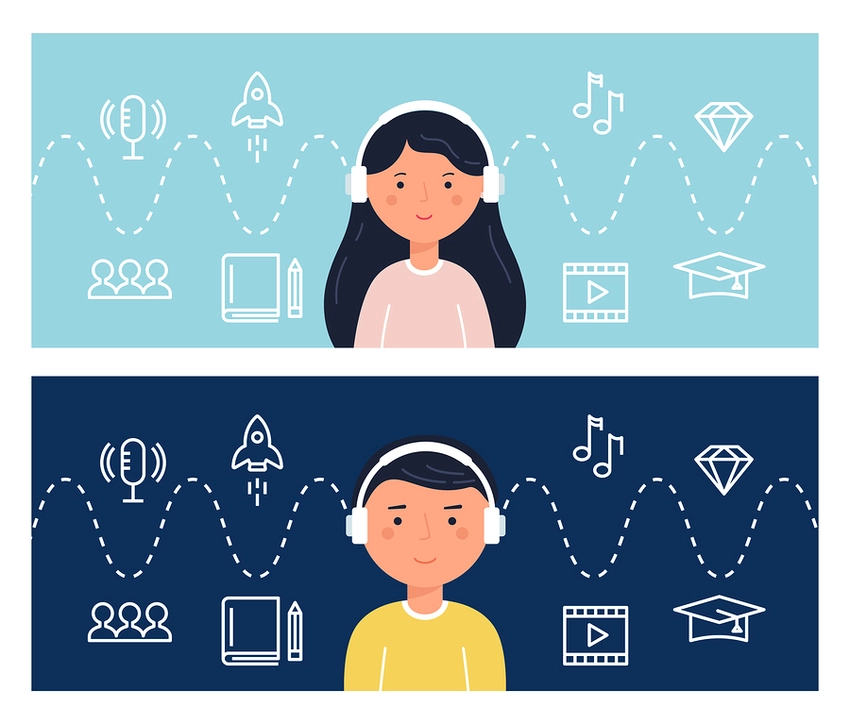Everyone understands the importance of video to digital marketing and increasing engagement and conversions. But simply serving the same video content to all of your visitors, irrespective of their needs and position in the customer journey won’t deliver the full impact that video is capable of.
Essentially, when you personalize the rest of the experience (such as text and graphic content), you mustn’t neglect your video assets – it has to be a central part of your content marketing campaign.
So, as a marketer how can you achieve successful video personalization?
In our experience you need to adopt a four stage process, building a video content strategy that delivers personalized marketing along the customer lifecycle:

-
Build your library of video content
In the same way that brands create a library of images and written content, you need a range of video content for your site. This has to cover the needs of all of your visitors, at different parts of their customer journey.
So you’ll want to create top of the funnel introductory branding content videos, webinars, case studies and product demos as consumers move along the journey and more in-depth explainer content as they close in on buying. Finally, provide post-sales onboarding information to help consumers set up and get the most from their purchase.
Remember that you need video marketing for all of your products and services – otherwise you won’t have the range of assets and tactics to effectively personalize the video experience. Create personalized, dynamic content with a clear call-to-action to connect with your audience.

-
Analyze and understand your visitors
The average time a consumer spends on a website is just 15 seconds. That means you’ve got to grab their attention quickly before they disappear and then nurture them through the marketing funnel. Video is an excellent method of engaging them – but only if you show visitors content that will directly appeal to them when browsing.
So you need to be able to understand your individual visitors in real-time if you’re going to match their needs. You can do this in two ways:
- Firstly, by segmenting them according to their interests or where they have arrived from. So, if they immediately look at men’s clothes on your fashion website don’t show them videos of lady’s handbags. Equally, if the traffic is generated from inbound marketing, such as a specific advert on social media or search then show them a relevant video that chimes with their interests. Segmentation based on customer data helps optimize the customer experience and increase conversions and marketing ROI.
- Secondly, you can use AI and machine learning to understand their behavior in real-time. Solutions such as Kameleoon use artificial intelligence to compare how a consumer landing on your site for the first time behaves compared to previous visitors that have bought from you. It can then personalize the experience to better meet their needs, triggering personalized video and other content to drive greater conversions.

-
Serve the right content at the right time
Once you’ve identified your visitor and what they are looking for, it’s vital that you deliver it quickly. In the same way that you can personalize the experience with images, written content and urgency messages, you must deploy the right video content from your library to help engage them and move them forward in their journey. Otherwise, the hard work put in to creating your video will go to waste as, visitors fail to benefit from seeing it.
Using data-driven personalization to automate serving the content takes the guesswork out of where you put videos on your site as they will automatically be seen at the right time – for example, a warm lead gets the chance to view a product demo exactly when they are considering whether to buy or not. Someone simply browsing won’t be needlessly interrupted, and will likely remain engaged.

-
Monitor, analyze and continually improve
Keeping ahead of the competition requires that you meet your visitors’ rising expectations. These needs are continually changing, so you have to constantly improve the user experience you provide if you are to engage them and drive conversions. In the same way that you have to learn from user feedback and testing on areas such as layout, images and messaging, you need to experiment with where and when you deploy videos, their length and subject.
Use A/B testing to understand what works best for specific groups and audiences and where you need to focus your efforts. Analyze marketing metrics to ensure relevance across every touchpoint in the customer lifecycle. It’s a virtuous cycle – brands that grow are the ones that are constantly experimenting and improving the personalized experience they provide, acting on the data they collect to deliver what consumers want, now and in the future.
Following this four stage process and integrating video into your personalization strategy adds new depth to your digital marketing strategy, helping to increase engagement, drive optimized conversion rates and greater revenues. In ever more competitive markets, now is the time to focus on video personalization to drive results.



